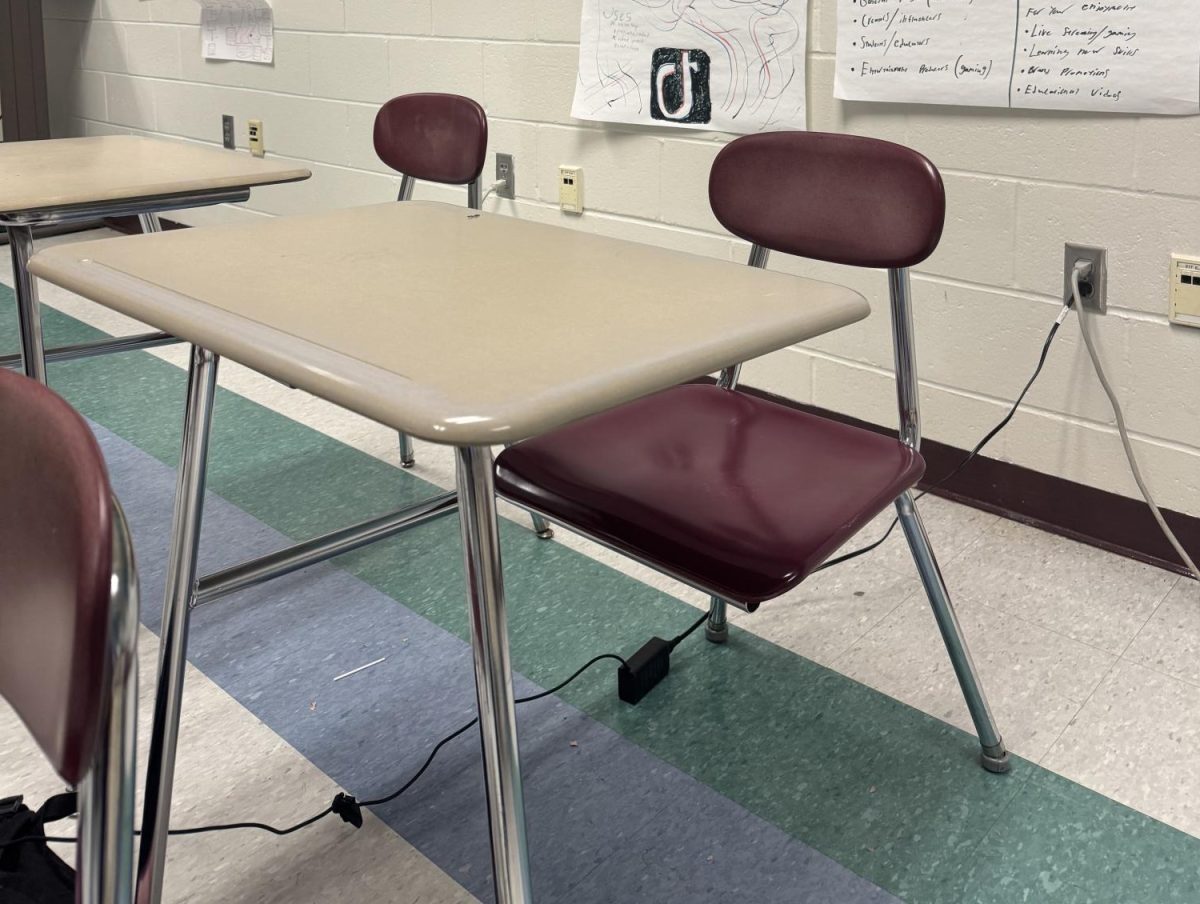Many argue that Matel’s improvement of Barbie doll diversity is why Barbie should stay relevant. However, despite their newfound diverse options, the concept of “Barbie” is past saving because of its over-accessorizing and perpetuation of idealized perfection which fails to fully reflect the authenticity of real women in everyday life.
All around the world people are familiar with the concept of Barbie; the concept of perfection, materialized by the original blonde, thin and perky plastic doll. In the past decade, much light has been shown on Barbie’s controversial aspects as Mattel offered more variety in shapes and skin tones like the so-called “black Barbie”. Regardless of Mattel broadening the doll’s signature appearance, writer Alexandra Petri notes, “The problem of seeing yourself in Barbie is not solved by resizing her. To fix that, she would need to arrive in a box that is just a big mess of laundry that she has not done, half of which has turned pink because she did not notice a lurking red sock in the white load until it was too late,” adding, “fixing her curves won’t solve the fact that… even when she has spent the entire day fighting a plastic dinosaur her makeup is still perfection”. When society puts Barbie in a realistic perspective that reflects the female race, she doesn’t fit the mold of the everyday female. This is because the doll’s sole purpose is her external features (even when they’re changed).
Though the Barbie doll provides children with a fun and affordable way to accessorize, the doll fails to represent the things that actually define women: feelings, thoughts and personality. For instance, Mattel’s gender-neutral Barbies are only considered gender neutral because of their heavily advertised ability to change hairstyles and outfits from more masculine to feminine or vice versa. In reality, gender-fluid people aren’t only characterized by their outfits and hairstyles, as you can have someone who looks extremely feminine but identifies as “they/them”.
In Greta Gerwig’s “Barbie”, the main highlight of the movie is when Barbie is told, “Take my hand, close your eyes, and feel,” which is where she first feels what it’s like to become a person with real emotions as she watches a montage of real women living their everyday lives. This scene represents Barbie finding her purpose: to be like real women and be deeply aware of her feelings and abilities. It is this reason that is simply emphasized by Greta Gerwig’s movie that juxtaposes the purpose of the actual plastic doll. Unless they can turn that doll into representing women’s internal features, then the doll serves no real purpose.










